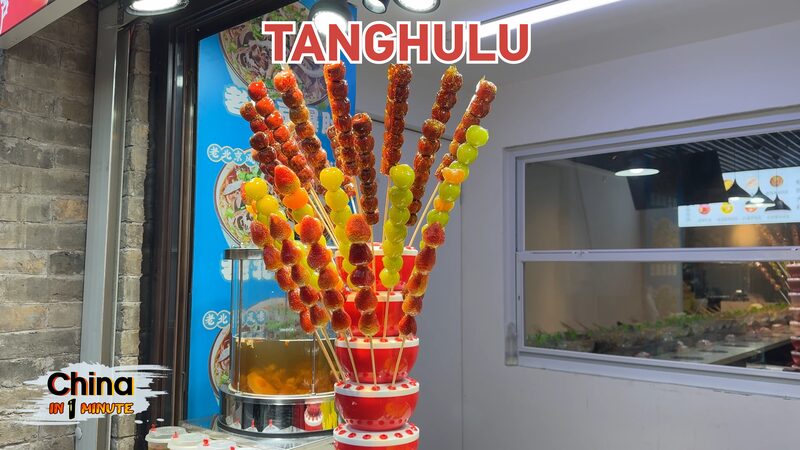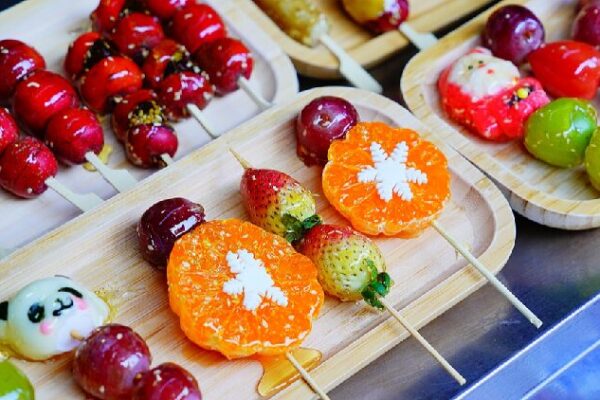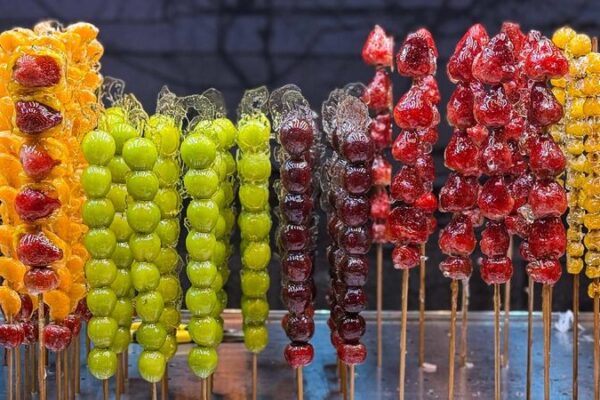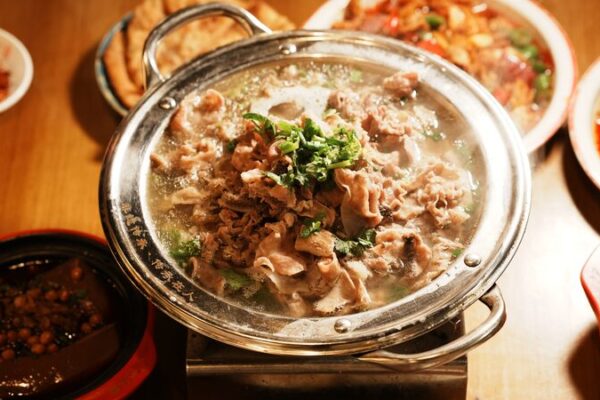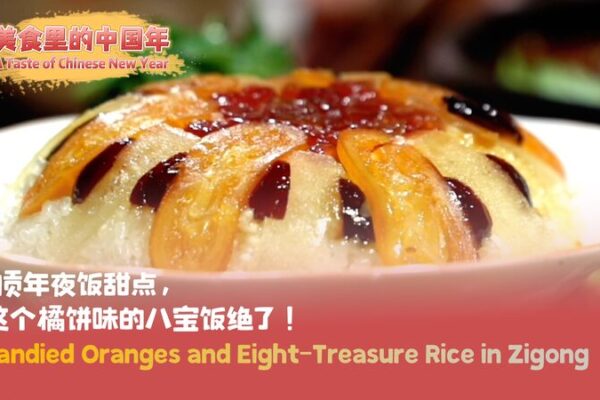As winter blankets Beijing with a crisp chill, the city’s streets come alive with the vibrant sights and sounds of vendors selling tanghulu. These glossy, candied fruit skewers have been a beloved treat in northern China for generations, offering a perfect blend of sweet and sour flavors wrapped in a satisfying crunch.
What is Tanghulu?
Tanghulu, also known as candied hawthorn skewers, are traditionally made by threading Chinese hawthorn berries onto bamboo sticks and dipping them into hot sugar syrup. Once the syrup hardens in the cold air, it forms a shiny, brittle coating that cracks pleasingly with each bite, revealing the tart fruit inside.
A Taste of Tradition
Originating during the Song Dynasty, tanghulu has stood the test of time, remaining a popular snack during the colder months. Its bright red hue not only adds a pop of color to the gray winter landscape but also symbolizes good luck and prosperity in Chinese culture.
More Than Just Hawthorns
While traditional tanghulu uses hawthorns, modern variations include an array of fruits like strawberries, blueberries, and even kiwi. This evolution reflects the snack’s enduring appeal and its ability to adapt to contemporary tastes while preserving its classic charm.
A Must-Try Winter Treat
For those wandering the streets of Beijing during winter, indulging in a tanghulu is a sensory experience not to be missed. The contrast of the cold air, the warm smiles of street vendors, and the delightful crunch of the candy make it a memorable highlight of the season.
So wrap up warm, embrace the festive atmosphere, and treat yourself to this iconic snack that captures the heart and soul of northern China’s winter.
Reference(s):
cgtn.com
